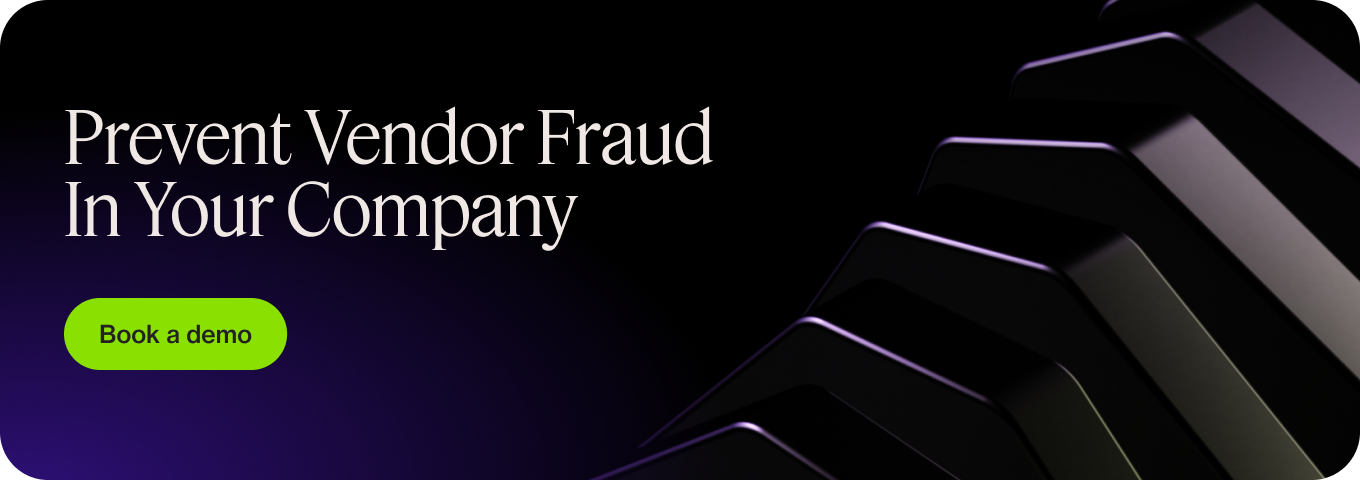As far as international standards go, ISO 20022 is one of the most impactful because it affects digital payment systems around the globe.
Individual countries previously had their own rules for cross-border payments, causing divergence in risks, security, delivery time, and costs. But ISO 20022 is a regulatory change, existing to harmonize conduct everywhere, making international payments faster and cheaper.
Partnering with Trustpair during the transition to ISO 20022 systems can help maintain compliance and secure your payments against fraud by automating vendor verification. Contact an expert to learn more!
What is ISO 20022?
ISO 20022 is an international standard for cross-border payments. It relies on extensible markup standards (XML) as a ‘common language’ to facilitate messages, which can have one of three purposes:
- Payment initiation: corporation to bank
- Interbank settlements, such as remittances
- Cash management: bank to corporation
The standard was implemented to modernise business processes, with special reference to globalisation. It’s now easier than ever for businesses to trade with international customers, for economic migrants to send money back home, and for institutional investors to make large multi-currency transactions.
The ISO 20022 simply brings payment technology up to the same level, for fast and seamless transfers without requiring manual intervention.
How ISO 20022 improves payment processing and data quality
ISO 20022 holds better data than previous payment technologies, which makes it easier to use and understand. In this case, ‘better’ means more detailed and structured, which enables the following information to be carried within the messages:
- Purpose codes: why is the payment being made?
- Legal Entity Identifiers (LEIs): a 20-character code to help identify the institutions
- Structured remittance: such as bills of lading, contracts, or invoices
- Structured addresses: like country codes, post code,s and building numbers
- Extended character sets: to support functionality in global languages
Not only does ISO 20022 unlock faster international payment processing, but the high-quality data also reduces the chances of manual errors, and compliance reduces the risk of fraud. This has a knock-on effect of improved customer service, enticing more customers to use the system.
ISO 20022 adoption: Global implementation across markets
ISO 20022 has already been live across many global currencies for years now, and many systems were given until March 2025 to fully transition to the payments standard.
In 2023, ISO 20022 became the standard for cross-border payments and cash reporting in the US, replacing MT messaging standard. For US banks and financial institutions, March 10th was the deadline to implement ISO 20022 as the common language in payments.
At this point, institutions could still rely on SWIFT as long as they had both systems working. But the other key date is November 2025, which is when the SWIFT co-existence period will end.
Implementation timeline:
| Adoption | Currency | ||
| Live now (by March 2025) | SWIFT – Cross Border Payments Reporting (CBPR+) co-existence
EUR – International Euro Payments USD FED / CHIPS GBP CHAPS USD CHIPS HKD Hong Kong CHATS |
||
| July 2025 | US FED (full adoption) November 2025 |
Live now (by March 2025)
SWIFT’s role in the ISO 20022 migrationSWIFT is a global messaging network that was already facilitating the sending and receiving of secure payment messages. It stands for the Society for Worldwide Interbank Financial Telecommunication. Before ISO 20022, many financial institutions were using SWIFT’s MT messaging system to send payment data. But this ISO standard overrides the old process, and SWIFT stated that they were “committed to supporting the community’s migration”. Therefore, SWIFT played a large role in the migration by helping all companies that previously used their MT messaging system to adapt. Between March 2023 and November 2025, both systems will co-exist, allowing users to use either. But after this phase, all cross-border payments and cash reporting through MT will be replaced by ISO 20022 to harmonize global standards.SWIFT also developed a set of translation rules between the two systems to help clients to avoid misinterpretation and ensure that the rules were applied correctly.ISO 20022 compliance: What businesses need to do to prepareWith the major compliance deadline, November 2025, fast approaching, businesses that send or receive cross-border payments must make compliance with ISO 20022 a priority.Here’s how you can prepare:
- Assess your current payment processes and identify payment types
- Engage with your banks and partners to share information and perform a readiness assessment
- Identify any gaps in knowledge and systems, and train up, perform an upgrade, and integrate technologies to facilitate XML messages
- Test the new systems before the deadline
One extra step that you can take is partnering with Trustpair to confidently navigate the transition while maintaining compliance and financial security. By automating vendor verification, you can prevent payment fraud even while your systems are changing. Contact an expert to request a demo and learn more.
The future of cross-border payments
ISO 20022 is a global standard that requires banks and financial institutions to use a common language (XML) to facilitate faster, more secure cross-border transactions. By November 2025, all US institutions are expected to be in full compliance as the old methods will be removed from the market. With Trustpair, you can prevent online payment fraud, even during the transition process between systems.


